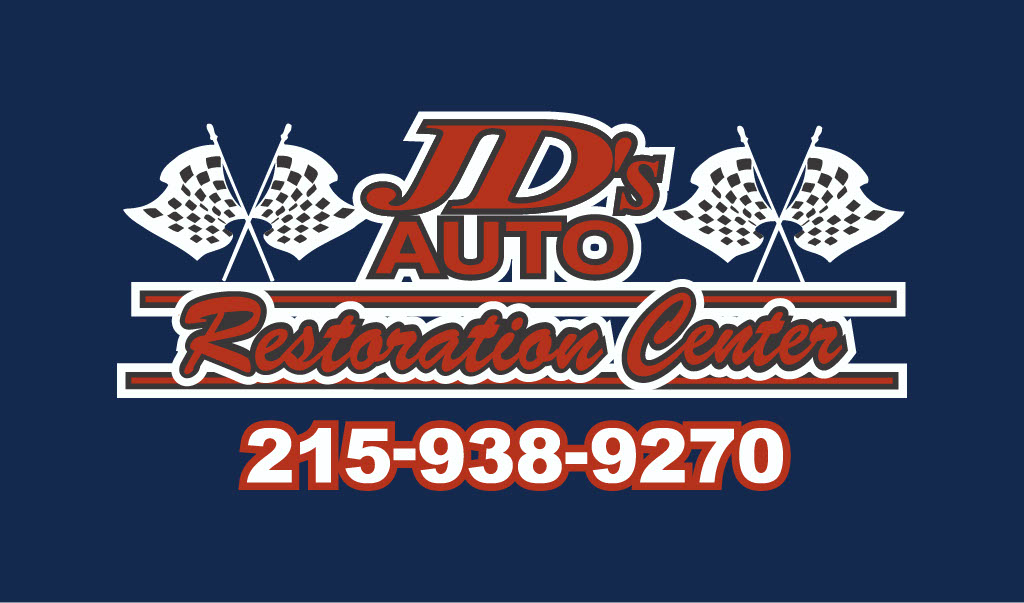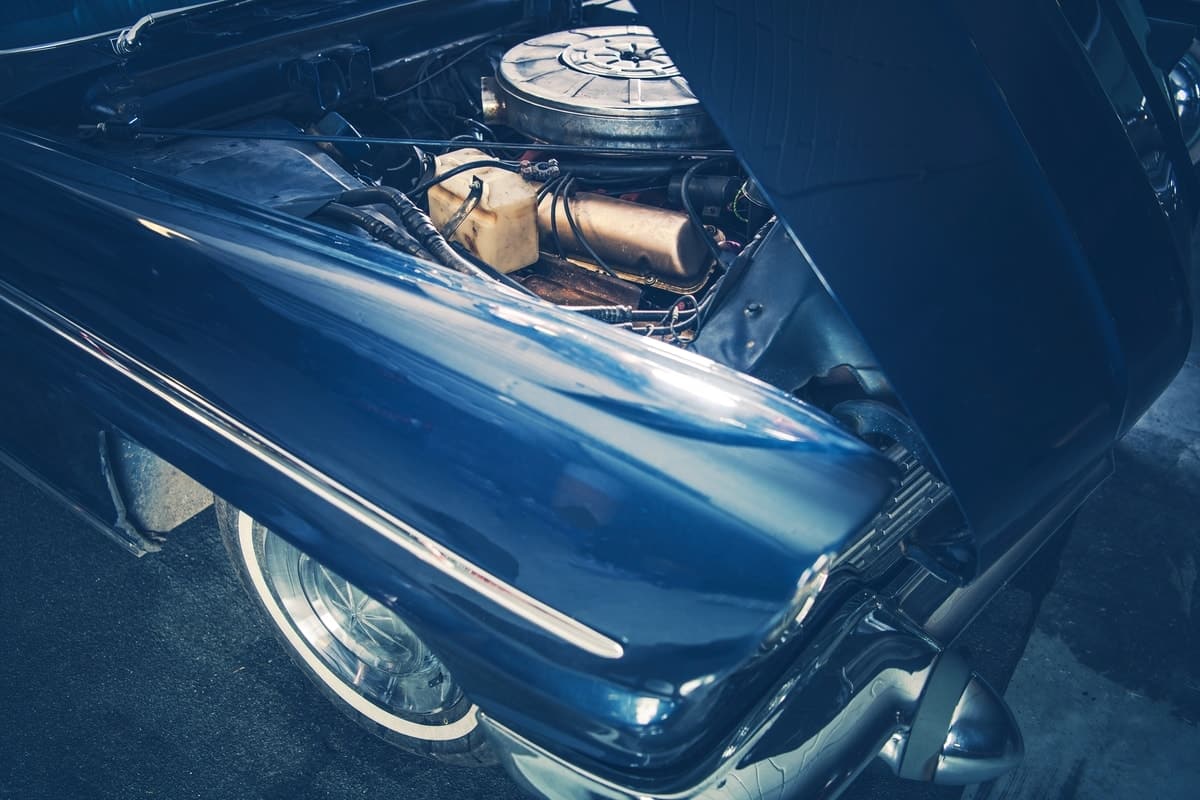There are millions of accidents on America’s roads every year, so it’s highly likely that a classic car from the 50s, 60s, or 70s would have at some point been involved in one. What’s more, years of wear and tear—even if you keep your car in good condition and well-covered—will eventually take its toll in the form of scratches, rust, and small dents. If you are a classic car owner, we’ve got some top tips from here at JD’s Auto Repair that will help you maintain your classic car’s bodywork for years to come.
Why it’s important to keep classic car bodywork in good shape
Classic car owners typically show cars, so most owners have the car because they like to show it off to other people. It’s pretty obvious then that a well-maintained body is essential for these purposes. In addition, classic car sell-on prices are massively affected by the condition of the vehicle—a large proportion of which is the quality of the body.
How to maintain a car after accidents
We hope you’re never in an accident, but the odds suggest that most people will at some point experience at least a small accident or two in their lifetime. Accidents can be hugely damaging to the bodywork of classic cars—especially if they still have their original panels and chassis. If you are in an accident, seek professional help to firstly, make sure that the vehicle is safe to drive, and secondly, ensure that the job looks as good as new!
Keeping up that brand-new appearance
It can be difficult keeping your car looking like new, but regular paint jobs and the removal of rust and grime can help a lot.
When painting your classic car, make sure you first consult a professional—it’s a pretty complicated process that with a lot of opportunities to mess up! It’s best to take these steps:
- Take apart the vehicle and check that every part is ok.
- Use a blaster to remove the car’s old paintwork, being very careful not to cause any extra damage.
- Etch prime the car to ensure that the steel is protected before the priming and finishing stages take place.
It’s a lot of preparation and is something that you may want to get a professional to do for you.
Removing rust
Rust can be corrosive and many classic cars were built in an era before the modern materials that protect against it were developed. If you notice that there is rust on your bodywork, you may be able to sand down the area and paint over it. However, there’s no way of knowing how extensive the damage may be and, if it has worked its way through to the chassis, it may be a much bigger job at hand! It’s best to let the professionals determine the extent of your rust damage and deal with the problem to ensure it doesn’t unknowingly develop into a far greater issue.
Calling in JD’s Auto Repair
There are some jobs you may want to attempt yourself, but is it really worth risking your most prized possession to save a few bucks? Here at JD’s Auto Repair, our highly skilled and experienced staff know exactly how to maintain a classic car’s bodywork because we’ve done it hundreds if not thousands of times. Next time you need some maintenance work done, contact us or bring your vehicle down to our workshop for a thorough examination.

